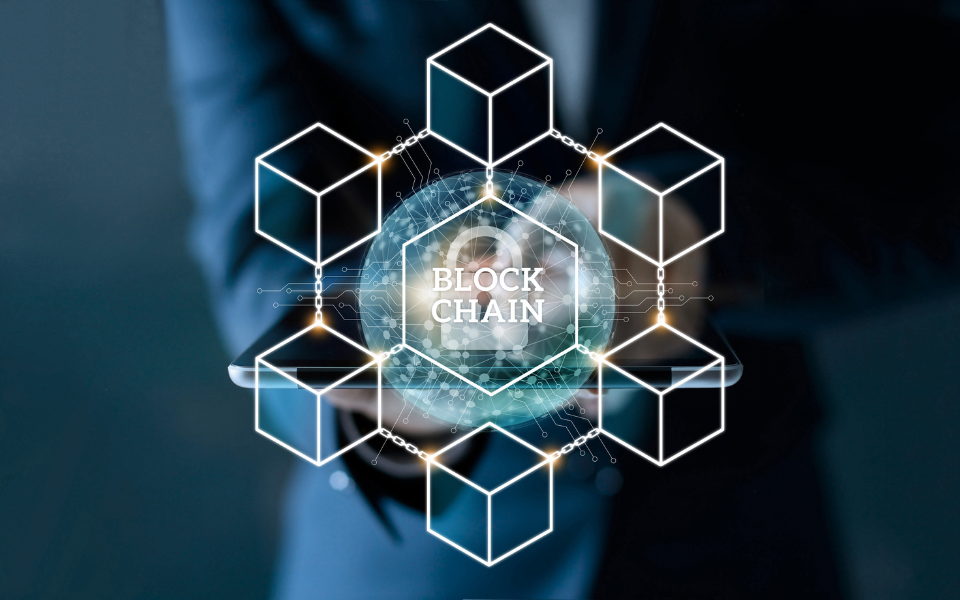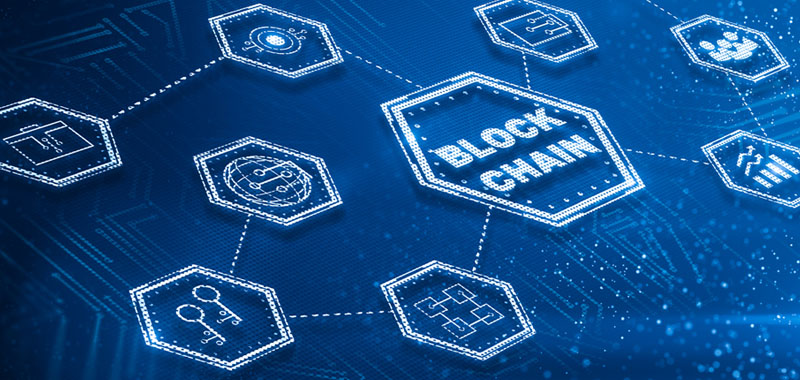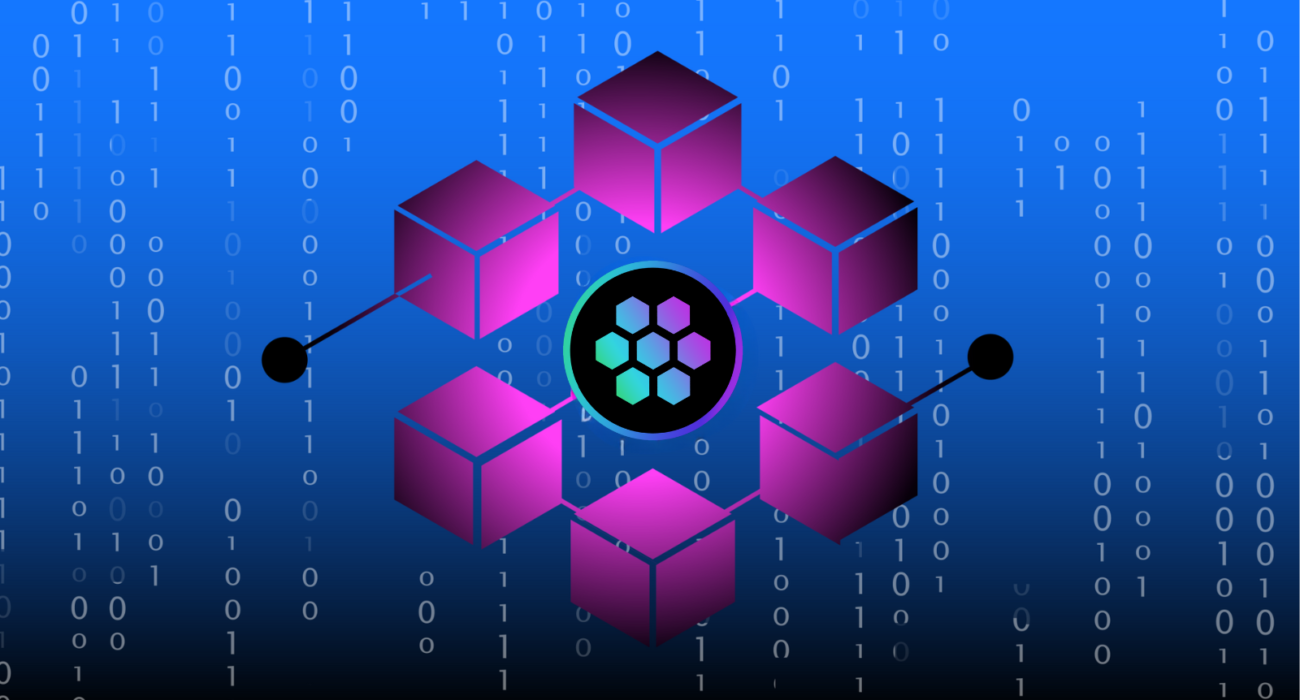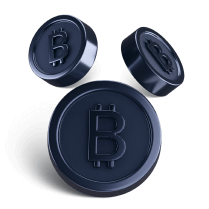In an era where technology is evolving faster than ever, two innovations that are making significant waves are blockchain and the DePIN (Decentralized Physical Infrastructure Network). Both technologies are shaping the future of various industries by offering new ways to enhance security, efficiency, and transparency. But what are the real-world applications of blockchain and DePIN? In this blog, we’ll explore how these technologies are being applied across different sectors, their benefits, and what the future holds for them.
Understanding Blockchain Technology
Before diving into the real-world applications of blockchain and DePIN, it’s essential to understand the foundational technology behind them.
What is Blockchain?
Blockchain is like a digital ledger that keeps track of transactions and data across a network of computers. Imagine it as a chain of blocks, where each block holds a list of transactions. Once a block is added to the chain, it’s there for good—immutable and unchangeable. This decentralized approach means there’s no single authority controlling the data; instead, everyone in the network has a copy, which makes it super secure and transparent. Think of blockchain as a digital record book that everyone can see but no one can alter, ensuring that all the information is accurate and trustworthy.
Key Features of Blockchain:
- Decentralization: Data is not stored in a single location but distributed across multiple nodes, making it more secure.
- Immutability: Once data is added to the blockchain, it cannot be altered or deleted, ensuring data integrity.
- Transparency: All transactions are visible to network participants, fostering trust and accountability.
How Blockchain Works
Blockchain technology operates through a series of blocks, each containing a list of transactions. These blocks are linked together in a chain through cryptographic hashes. The consensus mechanism ensures that all nodes agree on the validity of transactions before they are added to the chain. Popular blockchain platforms like Bitcoin and Ethereum use different consensus algorithms, such as Proof of Work and Proof of Stake, to validate transactions.
Introduction to DePIN Network
Now that we have a grasp of blockchain technology, let’s explore DePIN (Decentralized Physical Infrastructure Network) and how it complements blockchain.
What is DePIN?
DePIN stands for Decentralized Physical Infrastructure Network. It is an advanced framework that combines decentralized technologies with physical infrastructure management. DePIN leverages blockchain and decentralized protocols to manage and optimize physical resources in a more secure and efficient manner.
Key Features of DePIN:
- Decentralized Management: Control and data are distributed across a network, eliminating central points of failure.
- Smart Contracts: Automated agreements that facilitate, verify, or enforce transactions without intermediaries.
- Data Integrity: Enhanced security and transparency through blockchain technology, ensuring accurate and tamper-proof data.
Unlock the future of decentralized technology and safeguard your investments with SRP Token! Join DePIN and blockchain revolution today and be part of a groundbreaking journey that promises security, efficiency, and growth.
Real-World Applications of Blockchain
Blockchain technology’s real-world applications span numerous industries, each benefiting from its unique features.
Financial Services
In the financial sector, blockchain is revolutionizing traditional processes by offering secure, transparent, and efficient solutions.
- Cryptocurrencies and Digital Payments: Blockchain enables the creation of digital currencies like Bitcoin and Ethereum, facilitating secure and fast transactions without intermediaries.
- Decentralized Finance (DeFi): DeFi platforms use blockchain to offer financial services such as lending, borrowing, and trading without relying on traditional banks.
Supply Chain Management
Blockchain’s ability to provide transparency and traceability is transforming supply chain management.
- Tracking and Tracing Goods: Blockchain records every step of a product’s journey from manufacturing to delivery, ensuring authenticity and reducing fraud.
- Enhancing Transparency: By providing a shared, immutable ledger, blockchain helps companies verify the origins and quality of products.
Real-World Applications of DePIN
The DePIN Network brings blockchain’s advantages to physical infrastructure management, offering practical solutions across various domains.
Enhanced Security and Privacy
DePIN’s integration with blockchain enhances data security and privacy across different sectors.
- Securing Personal Data: DePIN uses decentralized protocols to protect personal information from unauthorized access and breaches.
- Protecting Sensitive Information: Businesses can leverage DePIN to secure sensitive data, such as financial records.
Efficient Data Management
DePIN improves data management processes, making them more efficient and cost-effective.
- Streamlining Data Processing and Storage: DePIN automates data management tasks, reducing manual effort and minimizing errors.
- Reducing Costs and Improving Accuracy: By optimizing data handling processes, DePIN lowers operational costs and enhances data accuracy.
Scalable Solutions
DePIN offers scalable solutions to meet the growing needs of various industries.
- Managing Growing Infrastructure Needs: DePIN’s decentralized approach allows for flexible scaling of infrastructure to accommodate increasing demands.
- Applications in Telecommunications and IoT: DePIN supports the expansion of telecommunications networks and the management of IoT devices, ensuring reliable performance.
Support for Emerging Technologies
DePIN is designed to integrate with and support emerging technologies, enhancing their capabilities.
- Integration with AI and Machine Learning: DePIN can leverage AI to optimize infrastructure management and decision-making processes.
- Enhancing Smart Devices and Systems: By supporting advanced technologies, DePIN improves the functionality and efficiency of smart devices.
Case Studies and Success Stories
To illustrate the impact of blockchain and DePIN, let’s look at some real-world case studies.
Blockchain Case Study: Supply Chain Transparency
One notable example is Walmart’s use of blockchain to enhance supply chain transparency. By recording each step of the supply chain on a blockchain, Walmart can quickly trace the origin of products, verify their quality, and ensure compliance with safety standards. This transparency reduces the risk of fraud and improves consumer trust.
DePIN Case Study: Smart City Implementation
Challenges and Considerations
While blockchain and DePIN offer numerous benefits, there are also challenges to consider.
For Blockchain
- Scalability Issues and Transaction Speed: As blockchain networks grow, they may face challenges related to transaction speed and scalability. Solutions such as Layer 2 scaling and new consensus mechanisms are being explored to address these issues.
- Regulatory and Adoption Hurdles: Navigating regulatory requirements and achieving widespread adoption can be challenging, particularly in industries with strict compliance standards.
For DePIN
- Implementation Complexity and Technical Requirements: Setting up and managing a decentralized network can be complex and require specialized expertise.
- Integration with Existing Systems and Infrastructure: Integrating DePIN with legacy systems and infrastructure may pose challenges, requiring careful planning and execution.
Future Prospects
Looking ahead, both blockchain and DePIN have exciting prospects and potential developments.
Emerging Trends in Blockchain
- Innovations and Upcoming Developments: Blockchain technology continues to evolve, with innovations such as decentralized autonomous organizations (DAOs) and new consensus algorithms enhancing its capabilities.
- Potential for Widespread Adoption: As blockchain technology matures, it is likely to see broader adoption across various industries, further transforming traditional processes.
Future Directions for DePIN
- Possible New Applications and Advancements: DePIN is expected to expand into new areas, with advancements in decentralized infrastructure and integration with emerging technologies.
- Impact on Future Infrastructure and Technology: The continued development of DePIN will have a significant impact on how we manage and operate physical infrastructure, driving greater efficiency and resilience.
Conclusion
In conclusion, the real-world applications of blockchain and DePIN are transforming industries and reshaping traditional processes. From financial services and supply chain management to smart cities and secure data management, these technologies offer innovative solutions that enhance security, transparency, and efficiency. As we explore what the real-world applications of blockchain and DePIN entail, it’s clear that these technologies hold immense potential for future advancements.
Understanding and leveraging the benefits of blockchain and DePIN can provide substantial advantages across various sectors. Stay informed about these technologies and consider how they can be applied to your needs or industry. If you have any questions or want to explore these technologies further, don’t hesitate to reach out.

 China
China Russia
Russia India
India









